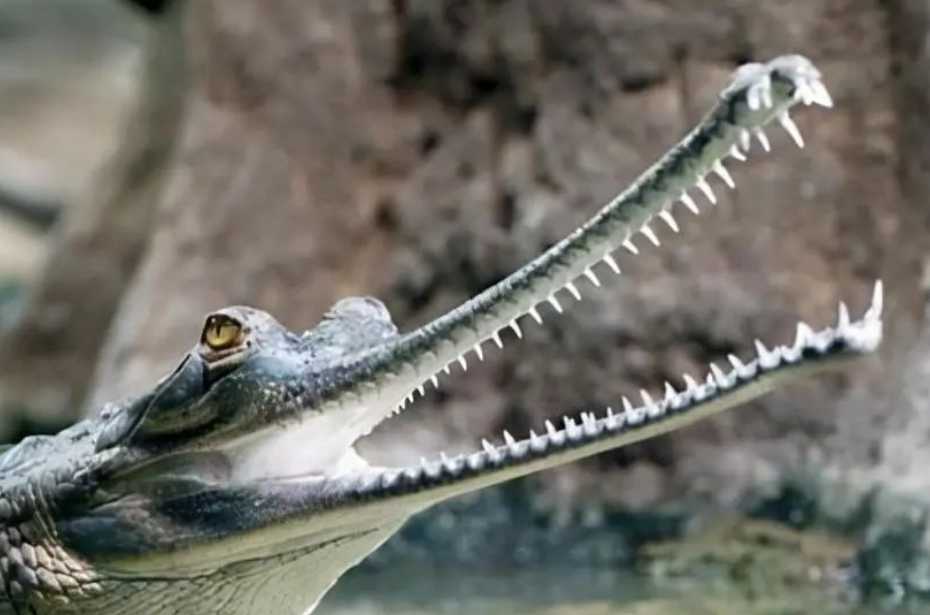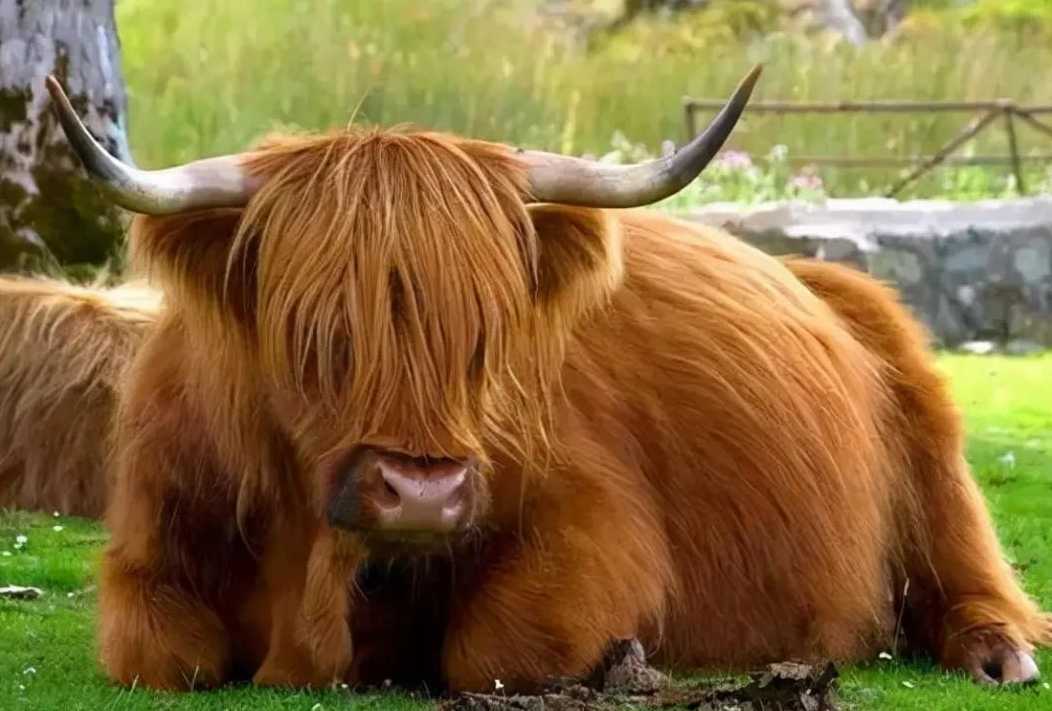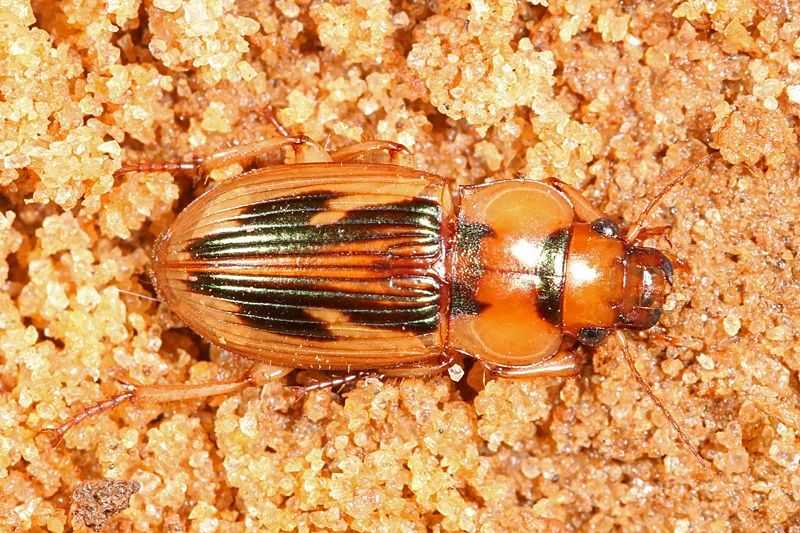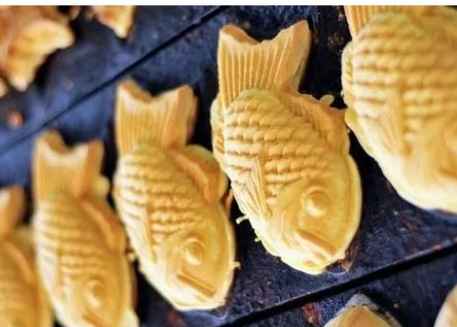The Ganges Crocodile: One of the World's Largest Crocodiles with a Needle - Sharp Snout
The Ganges crocodile (Gavialis gangeticus), also known as the gharial, stands as one of the planet's most imposing crocodilian species. Native to the freshwater rivers of the Indian subcontinent, it boasts a uniquely long, slender snout perfectly adapted for its piscivorous (fish - eating) diet, making it a master predator in its aquatic habitat.
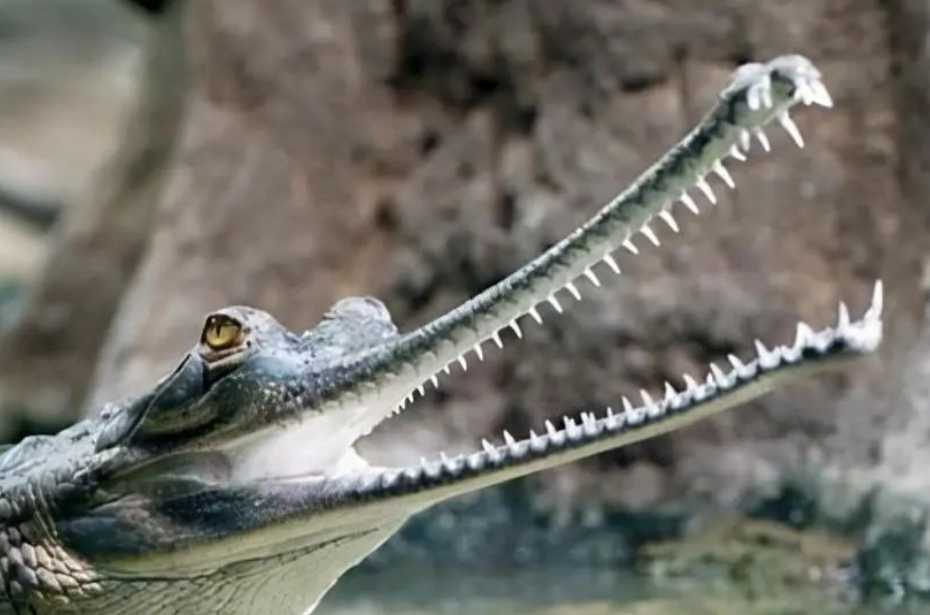
Source: Images from the Internet, if there is any infringement, please contact the removal of
A Streamlined Snout for Aquatic Hunting
The gharial's most distinctive feature is its elongated, pencil - thin snout, which can measure up to 1.5 meters in adult males. Lined with over 100 sharp, interlocking teeth, this specialized snout minimizes water resistance when striking, allowing the crocodile to ambush fish with incredible speed. Unlike broader - snouted crocodiles that prey on large mammals, the gharial relies on lateral head movements to sweep up schools of fish, using its teeth to trap prey before swallowing them whole. The snout's narrow shape also enables precise targeting in fast - flowing rivers, where agility is key to catching slippery carp and mahseer.
Massive Size and Critical Conservation Status
Adult gharials can reach lengths of up to 6 meters and weigh over 500 kilograms, making them among the largest living crocodiles. Males develop a bulbous growth at the tip of their snout called a "ghara," which may enhance vocalizations or attract mates. Once abundant in the Ganges, Brahmaputra, and Indus river systems, the species has suffered a dramatic decline due to habitat loss, pollution, and overfishing. Listed as Critically Endangered by the IUCN, fewer than 200 adult gharials remain in the wild, with conservationists launching captive breeding programs and river cleanups to save the species.
As a living relic of prehistoric crocodilian evolution, the Ganges crocodile exemplifies nature's extraordinary adaptations for survival. Its needle - sharp snout is not just a hunting tool but a testament to millions of years of refinement, reminding the world of the delicate balance between specialized species and the human activities that threaten their existence.
-------- END --------
